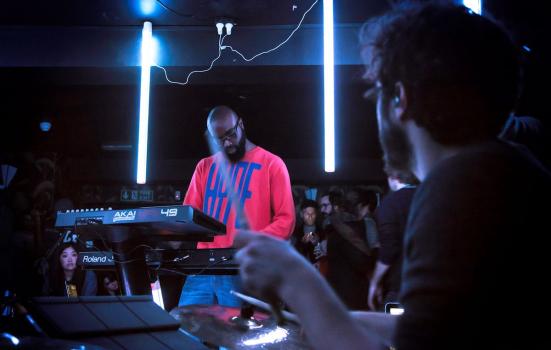Despite the lifting of most Covid restrictions last year, the overall number of gigs and audience levels at the UK grassroots venues remain down on 2019 figures, prompting call for urgent support.

Emmanuel Mitchell/Creative Commons
The UK's music venues are still struggling to return to pre-pandemic levels of activity, despite the lifting of Covid restrictions, a study has found.
Research by the Music Venue Trust (MVT) reveals that the number of gigs at the UK’s smaller, grassroots venues in 2022 was 16.7% lower than in 2019.
Across a total of 177,000 events, audiences were around 22 million – 89% of their 2019 level.
READ MORE:
The findings of MVT’s annual report, which surveyed the charity's 960 members, show that the average profit margin is just 0.2% – despite the grassroots music scene contributing £500m to the UK economy.
The average price of a ticket has gone up 24% since 2019, from £8.74 to £10.90. However, MVT figures suggest that most venues made a loss.
Music Venue Trust chief executive Mark Davyd said that many venue owners are in a "precarious financial position”and that "the current economics no longer stack up”.
Davyd added that the sector is now "past the tipping point" and in urgent need of support.
The charity, which aims to "protect, secure and improve" grassroots music venues, is calling on government and the wider music industry to step up and provide help for local venues.
It is asking for VAT on ticket sales to be reduced from 20% to 5%, or preferably removed entirely.
Davyd said the tax is a barrier to profitability which is “crushing the economic viability of this sector and reducing the ability of the grassroots to create new British talent.”
He continued: “We need a coherent long-term economic plan that recognises the importance of what our members do and gives them a chance to keep nurturing up and coming artists and contributing to their local communities.”
MVT also wants large, arena-sized venues to invest in the grassroots sector, as a way to help develop the next generation of young artists.
Davyd said: "We cannot go on building more and more arenas with no plan of how to fill the stages they create in five, 10 or 20 years' time.”




